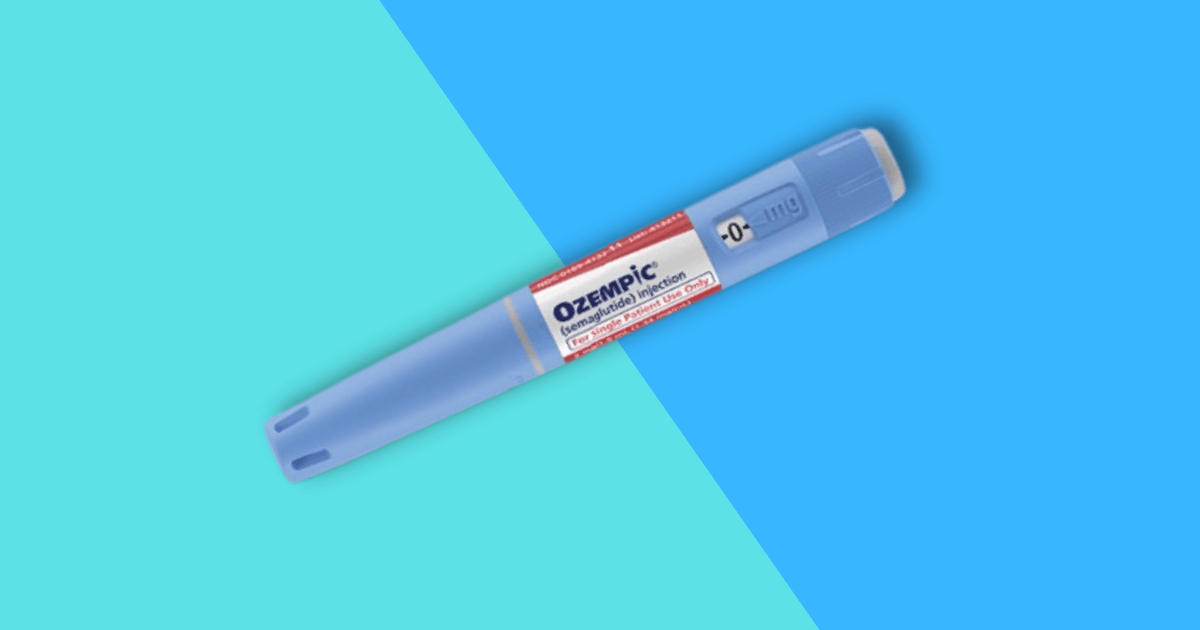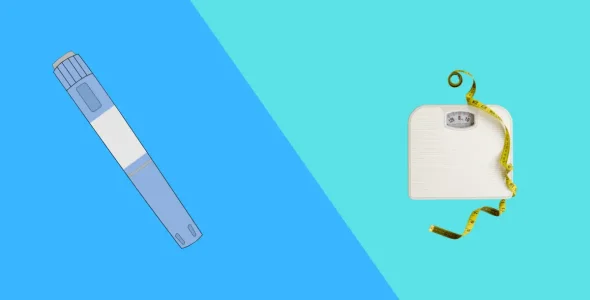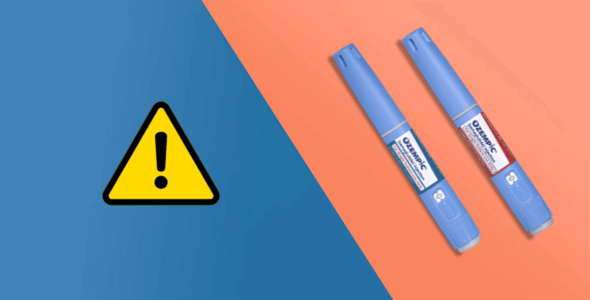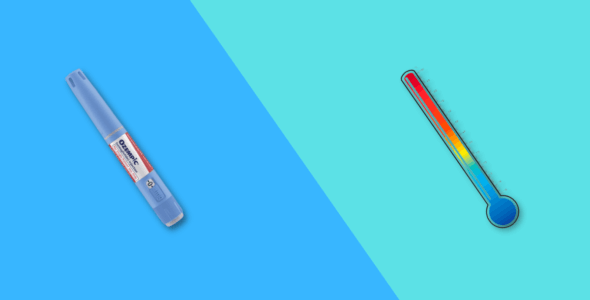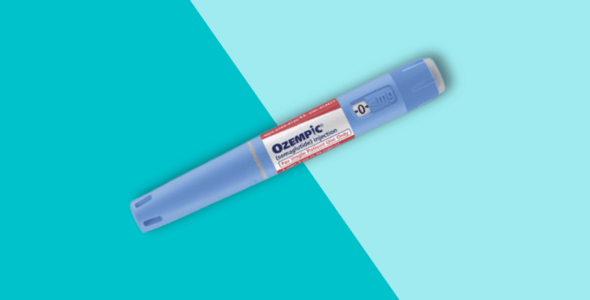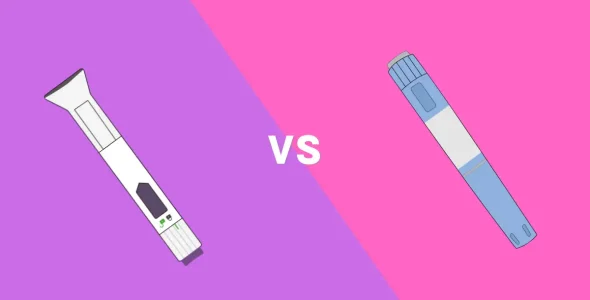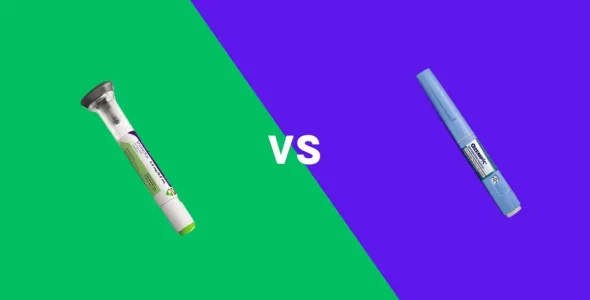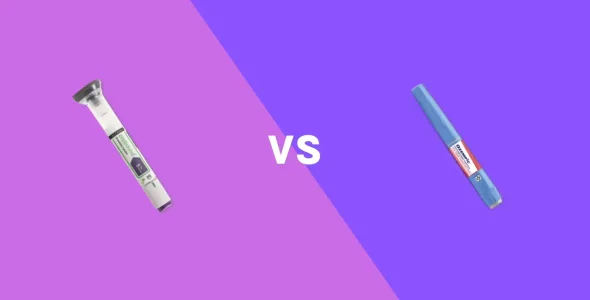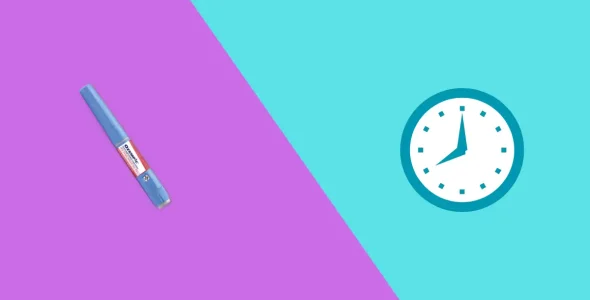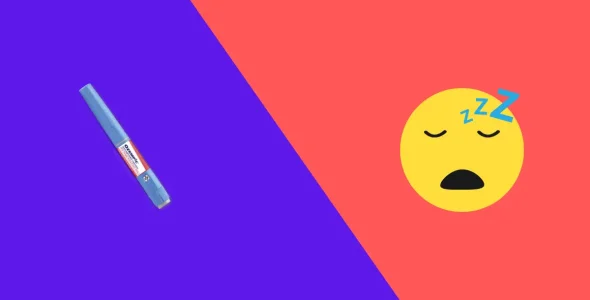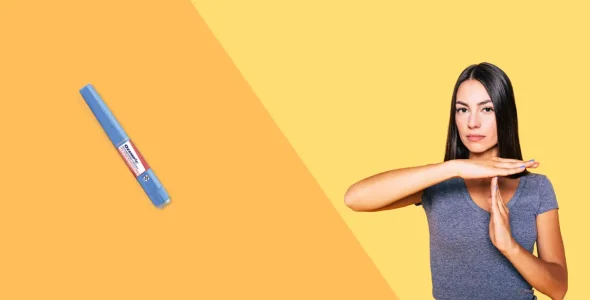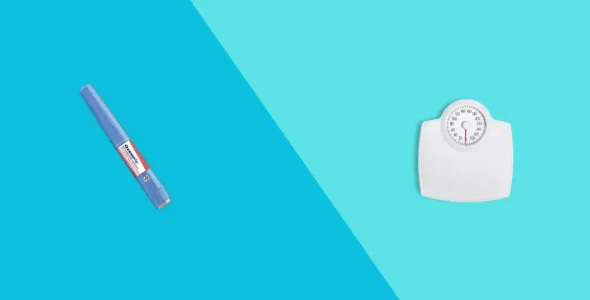What happens if you take too much Ozempic?
It’s always recommended to take your medication as prescribed by your doctor. You may experience severe hypoglycemia (low blood sugar) if you take too much Ozempic. Learn more about the risks associated with taking too much Ozempic.
What is Ozempic?
Ozempic (semaglutide) is a diabetes medication manufactured by Novo Nordisk. It is approved by the US Food and Drug Administration (FDA) to:
- Lower blood sugar in addition to diet and exercise in patients with type 2 diabetes. It has not been studied in patients with pancreatitis and it is not indicated for use in type 1 diabetes mellitus or diabetic ketoacidosis
- To reduce the risk of major adverse cardiovascular events (heart attack and stroke) in adults with type 2 diabetes mellitus and established heart disease
Ozempic active ingredients
Ozempic is a glucagon-like peptide 1 receptor agonist (GLP-1 receptor agonist) that helps lower your blood sugar levels. The active ingredient in Ozempic is semaglutide which stimulates insulin secretion and lowers glucagon secretion, depending on your blood glucose level.
What doses of Ozempic are available?
Ozempic is available in injection form, in single-patient-use pens that deliver 0.25 mg or 0.5 mg per injection, or as single-patient-use pens that deliver 1 mg per injection.
How does Ozempic work
Ozempic is a glucagon-like peptide 1 (GLP-1) receptor agonist. Glucagon-like peptide-1 is a hormone that has multiple effects on glucose through its action on GLP-1 receptors. By binding and activating these receptors, Ozempic lowers blood glucose by stimulating insulin secretion and reducing glucagon secretion. These are both done in a glucose-dependent manner. This means when your blood glucose is high, your body will release more insulin and less glucagon. Ozempic also slightly delays the time it takes your food to empty out of your stomach immediately after eating. This can help reduce the rate at which glucose circulates in your bloodstream.
How to take Ozempic
You take Ozempic by injecting it under your skin as a subcutaneous injection, using a pre-filled pen. The medication is long-lasting so you usually take it once per week. As it’s a non-insulin medication, your doctor may prescribe Ozempic alongside insulin. Make sure you always use your Ozempic as directed by your doctor.
- Read the Instructions for Use that come with the pen
- Use Ozempic exactly as your healthcare provider prescribes it. Do not take more than the amount prescribed
- Your healthcare provider should show you how to use Ozempic before you use it for the first time
- Ozempic is injected under the skin (subcutaneous injection) of your stomach, thigh, or upper arm. Do not inject it into a muscle or vein
- Use Ozempic at any time of the day on the same day each week. You may change the day of the week you take this medication as long as your last dose was given 2 or more days before
- If you miss a dose of Ozempic, take the missed dose as soon as possible if it’s within 5 days of the missed dose. If more than 5 days have passed, skip the missed dose and take your next dose on the regularly scheduled day
- You can take Ozempic with or without food
- Don’t mix insulin and Ozempic in the same injection. You may inject them both in the same area but not right next to each other
- Rotate injection sites with each injection
- Continue on your diet and exercise program while on Ozempic
- Discuss with your healthcare professional how to prevent, recognize and manage low blood sugar (hypoglycemia), and high blood sugar (hyperglycemia)
- Do not share your Ozempic pens with other people to reduce your risk of infection
- The medication is supplied with a Medication Guide from the manufacturer
- Store this medication in the refrigerator (36°F to 46°F) before its first use. After its first use, you can store it at a controlled room temperature (59°F to 86°F) or refrigerated (36°F to 46°F) for 56 days. Keep the pen cap on when not in use. Ozempic should be stored away from heat, direct sunlight, and moisture
RELATED: Does Ozempic need to be refrigerated?
Always speak with your healthcare provider for medical advice or about any changes to your dose so they can monitor and evaluate your condition.
What happens if you take too much Ozempic?
Ozempic is a long-acting treatment that can cause severe hypoglycemia (low blood sugar) if not used as prescribed. If you take more than your prescribed dose, call your healthcare provider immediately. Symptoms of low blood sugar include:
- Headache, dizziness, confusion
- Nausea, vomiting
- Shaking, sweating
- Feeling weak, tiredness
- Hunger
- Blurred vision
- Seizures
To quickly treat hypoglycemia, eat or drink hard candy, crackers, raisins, fruit juice, or non-diet soda. Your doctor may prescribe a glucagon injection in case of severe hypoglycemia.
Ozempic side effects
The most common side effects of Ozempic include:
- Nausea
- Vomiting
- Diarrhea
- Stomach pain
- Constipation
- Weight loss
In rare instances, Ozempic can cause more serious side effects. These can include:
- An increased risk of thyroid tumors, including cancerous tumors
- Inflammation of your pancreas (pancreatitis)
- Very low blood sugar (hypoglycemia)
- Diabetic retinopathy complications
- Gallbladder disease
- Acute kidney disease, kidney problems, and kidney failure
- Serious allergic reaction (shortness of breath)
Your doctor will assess the benefits of using Ozempic against your risk of side effects. Patients are encouraged to report negative side effects or adverse reactions of Ozempic to the FDA. Visit www.fda.gov/medwatch, or call 1-800-FDA-1088.
Ozempic drug interactions
Ozempic can interact with other medications. These include:
- Oral anticoagulants – warfarin
- Insulin – Ozempic can be used alongside insulin, but your doctor may change the dose of insulin you take and/or how often you take insulin
- Any other medications taken to treat type 2 diabetes – glyburide, glimepiride, metformin, repaglinide, and sulfonylureas such as tolbutamide
This list is not exhaustive and other drugs may interact with Ozempic, including prescription drugs and over-the-counter medicines, vitamins, and herbal products. Tell your health care provider about all of your medications including any supplements you are taking.
Ozempic contraindications
You should not use Ozempic if you:
- Are allergic to the active ingredient semaglutide, or any of the other ingredients in Ozempic
- Have had, or have a family history of medullary thyroid carcinoma (medullary thyroid cancer)
- Have an endocrine system condition called multiple endocrine neoplasia syndrome type 2 (MEN 2)
- Have pancreatitis
- Have type 1 diabetes (Ozempic is for type 2 diabetes only)
- Are under 18 years of age
Talk to your doctor about your medical condition before using Ozempic if you:
- Have had any problems with your pancreas or kidneys
- Have ever had diabetic retinopathy
- Are pregnant or are planning to become pregnant
- Are breastfeeding or are planning to breastfeed
Ozempic alternatives
The following FDA-approved alternatives to Ozempic are available:
- Trulicity (dulaglutide) – a GLP-1 receptor agonist used to treat type 2 diabetes
- Victoza (liraglutide) – a GLP-1 receptor agonist used to treat type 2 diabetes. It may also be used to help lower blood sugar levels in children 10 years of age and older with type 2 diabetes
- Rybelsus (semaglutide) – used with diet and exercise to improve blood sugar (glucose) in adults with type 2 diabetes
- Wegovy (semaglutide) – for chronic weight management and obesity
Medically reviewed
A medical professional has reviewed this article.


Jamie Winn, PharmD
Jamie Winn, PharmD
Dr. Jamie Winn received his Doctor of Pharmacy in 2002 from the University of South Carolina College of Pharmacy, Columbia, SC. Jamie is a medical reviewer for NiceRx.

